El Tajín, an entrancing archaeological site located in the state of Veracruz, Mexico, offers an intriguing glimpse into the ancient civilization that once thrived in the region. Recognized as a UNESCO World Heritage Site, El Tajín fascinates visitors with its impressive architectural structures, intricately carved artwork, and deep cultural significance. Culturally and historically, there are a number of fascinating aspects of this ancient city that hold the legacy of the enigmatic people who once called it home.
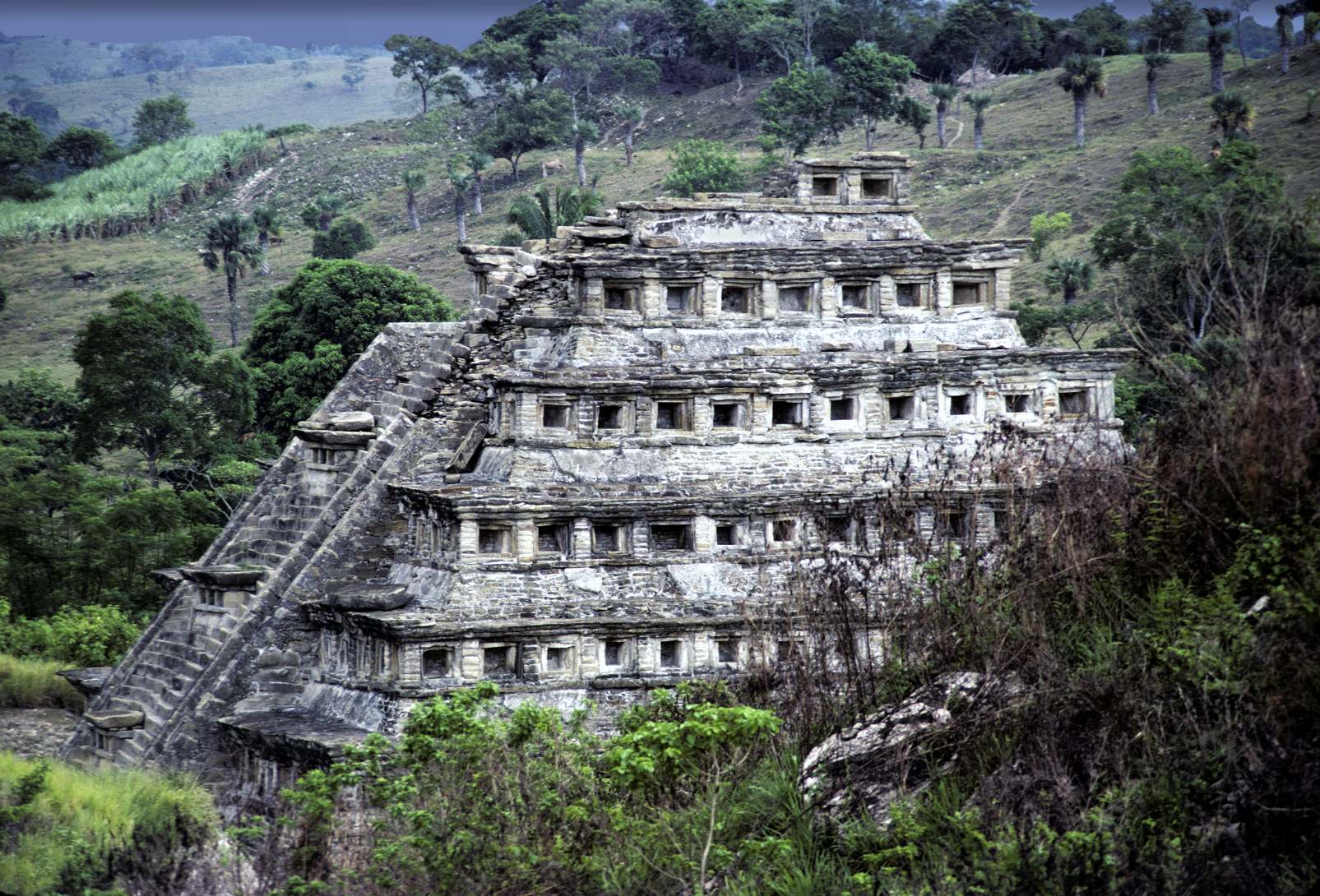
The origins and development of El Tajín
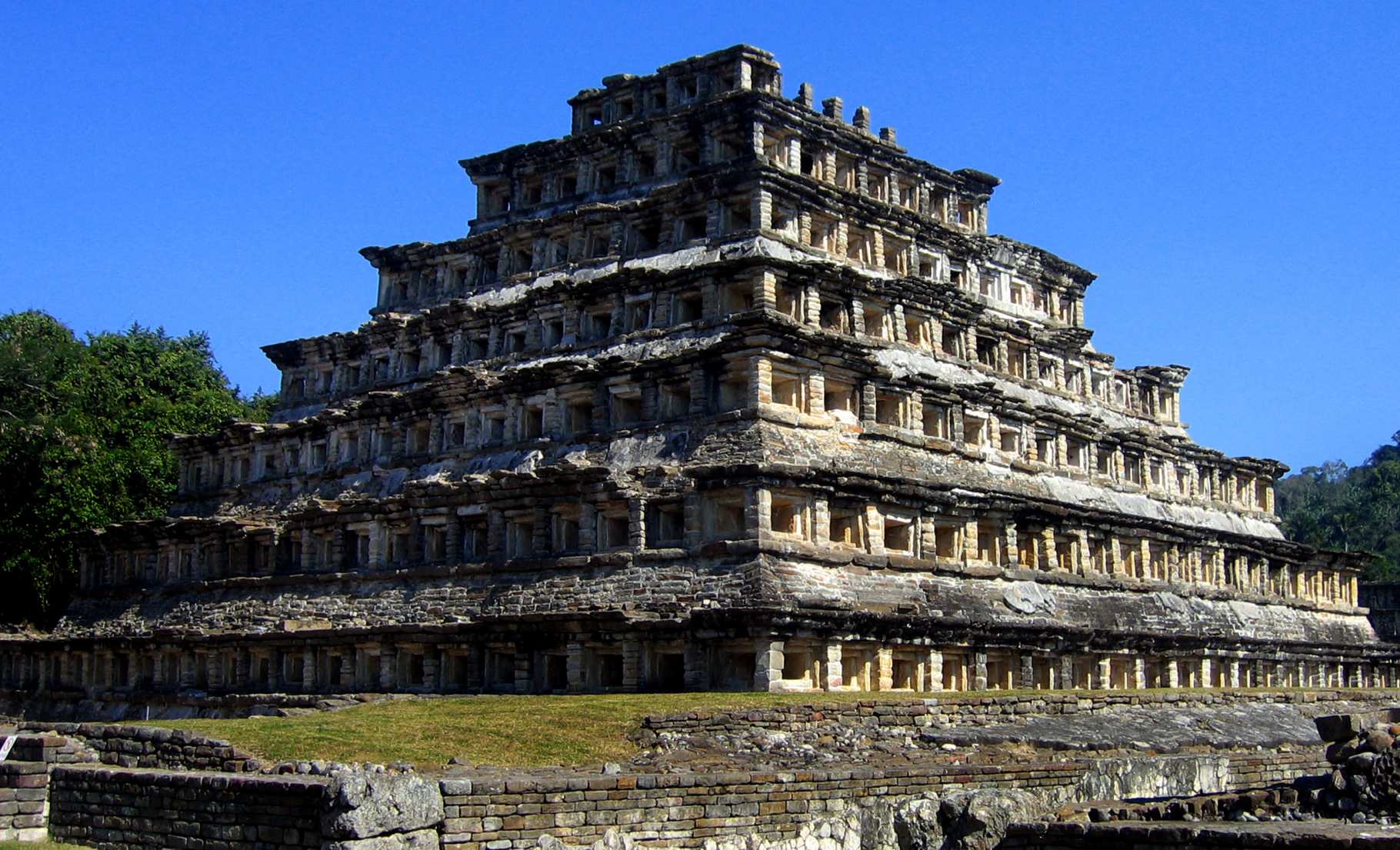
El Tajín flourished between 600 and 1200 AD, belonging to the Classic Veracruz culture. It is believed to have been an important urban center, serving as the capital of the Totonac civilization. Known for its advanced architecture, artistic expression, and ceremonial rituals, the city played a vital role in the cultural and religious life of the region.
The city layout and architectural marvels
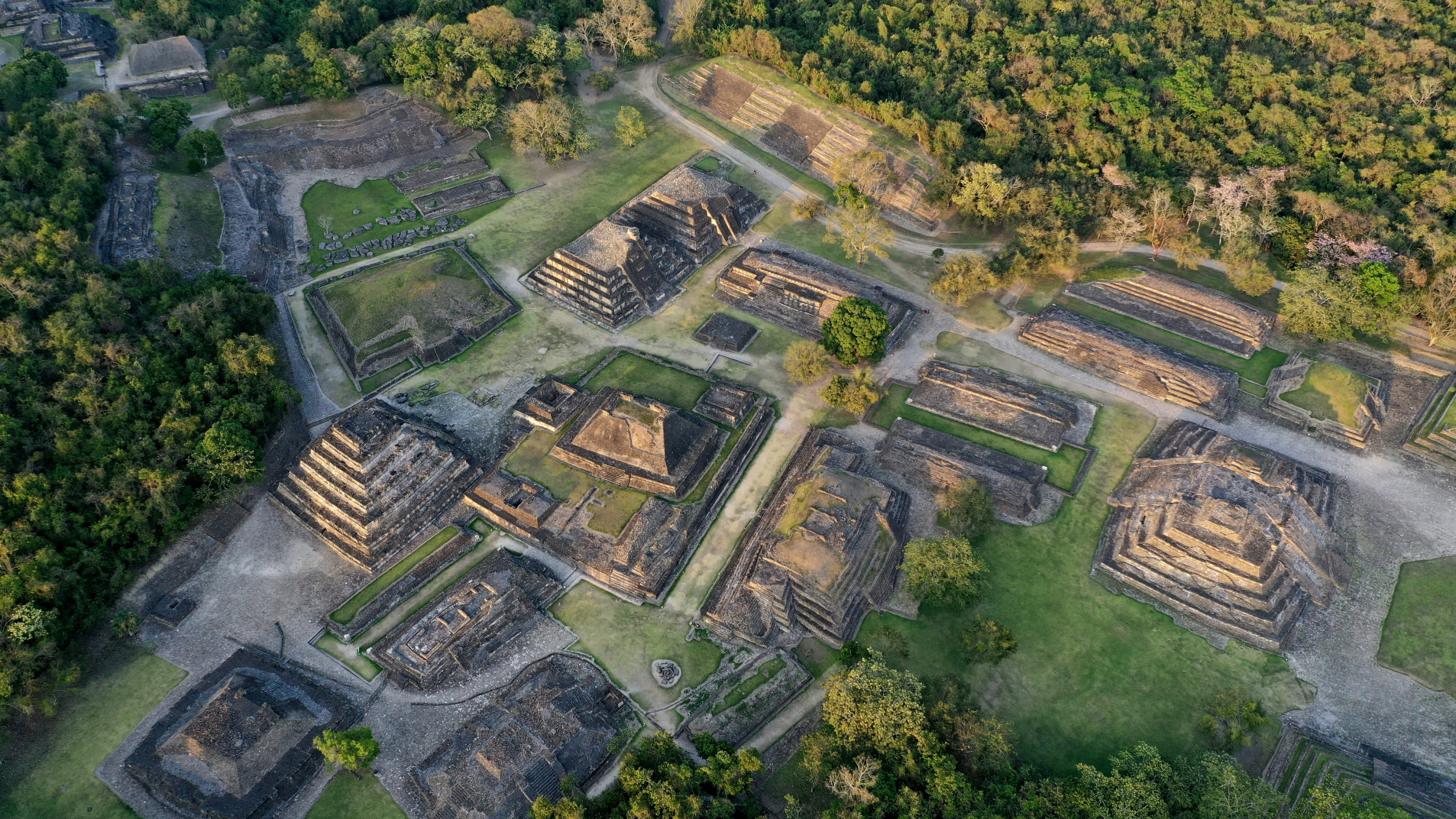
El Tajín is renowned for its impressive architectural features, most notably the pyramids and ballcourts. The Pyramid of the Niches is one of most famous structures, adorned with 365 carved niches (believed to represent the days of the year), which were possibly painted or contained ceramics and sculptures. The outstanding acoustics of the ballcourt have puzzled archaeologists, hinting at the presence of profound religious ceremonies and rituals.
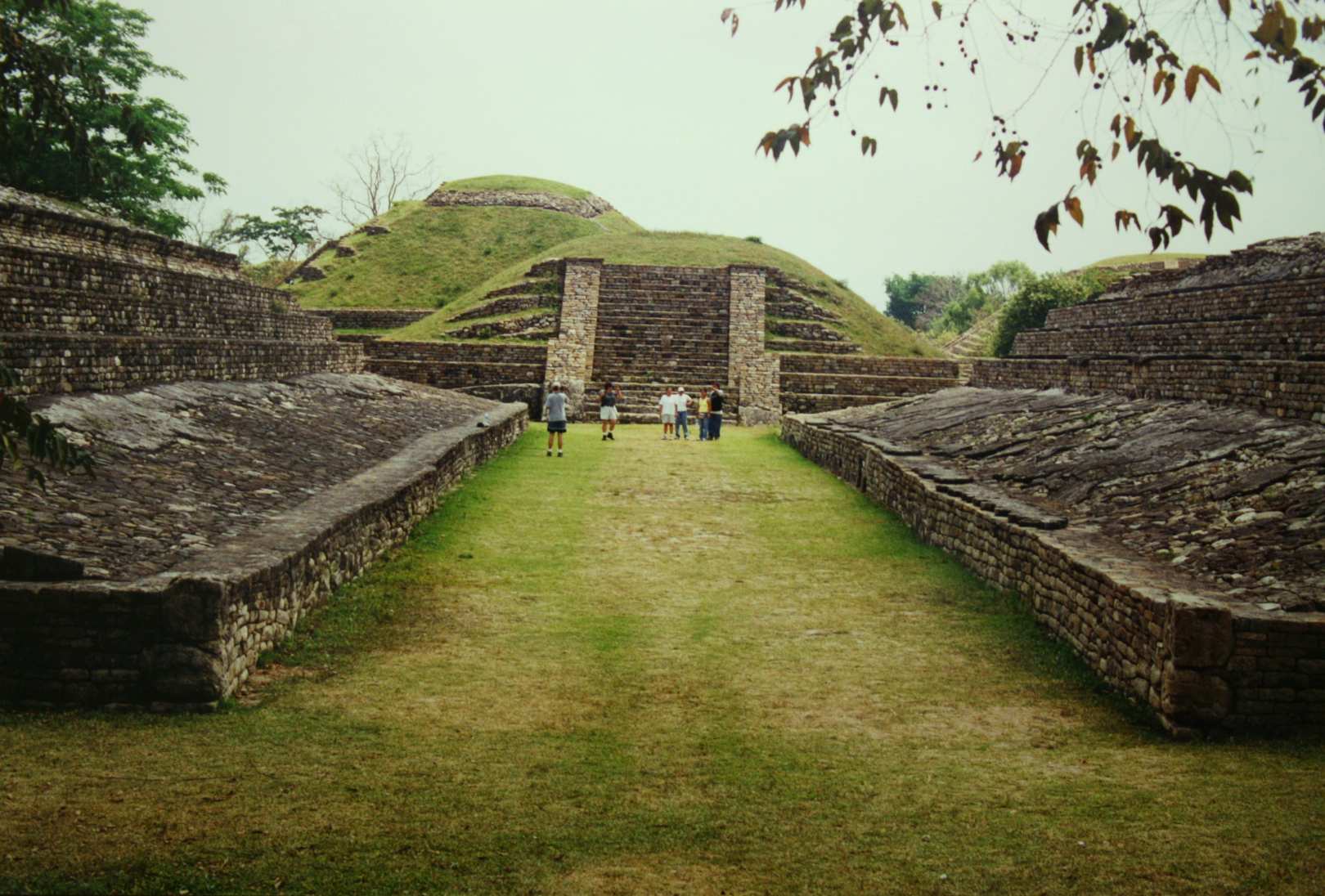
The “Thunder God” and rituals
One of the most intriguing characteristics of El Tajín is its association with the Totonac’s worship of the thunder god, known as Tajín, which translates to “thunder” or “lightning” in their native language. The city’s name itself pays homage to this deity. It is believed that rituals involving the Volador Ceremony, with dancers suspended by ropes spinning down from a 65-foot pole, were performed in honor of the god, seeking protection and fertility.
El Tajín’s mythological sets and sculptures
El Tajín contains numerous carved stone sculptures portraying various mythological deities and creatures. Intertwined serpents, jaguars, and mythological beings represent the mystical world the Totonacs believed in. One of the most prominent sculptures is the imposing Mosaic Sculpture depicting a Totonac ruler adorned with elaborate headdresses and symbolic elements, signifying power, authority, and connection to the divine.
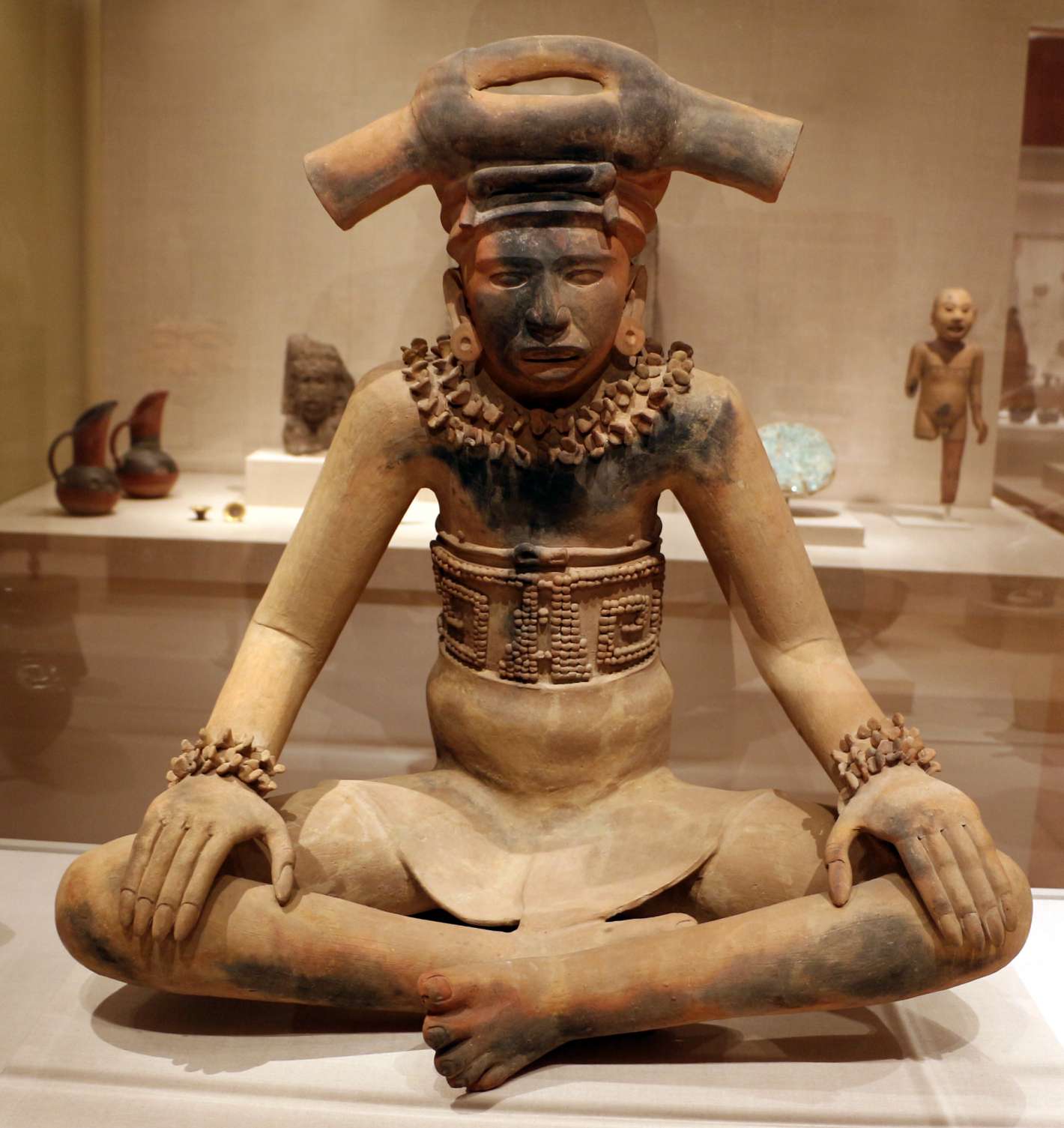
The enigma of the vanished civilization
Despite extensive archaeological research, the sudden decline and abandonment of El Tajín continues to be a subject of mystery. Historians and archaeologists speculate that environmental factors, internal conflicts, or cultural changes may have contributed to the site’s eventual desertion. However, the exact cause remains unknown, adding to the intrigue surrounding El Tajín.
El Tajín is not widely recognized

Despite being recognized as a UNESCO World Heritage Site in 1992, El Tajín remains relatively unknown to many people outside of Mexico, drawing fewer tourists compared to other famous Mesoamerican sites like Chichen Itza or Teotihuacan.
Final words
El Tajín, with its awe-inspiring structures, rich mythological symbolism, and intricate cultural heritage, serves as a testament to the greatness of the Totonac civilization. Its mysteries continue to captivate both historians and tourists alike, inspiring us to explore the depths of ancient history and the remarkable civilizations that shaped our world. A visit to El Tajín takes us on a captivating journey through time, enabling us to appreciate and marvel at the architectural, artistic, and cultural achievements of these mysterious people.
After reading about El Tajín: The lost city of Thunder, read about The Lost City of Aztlan: Where’s the legendary homeland of Aztecs located? Then read about City of gold: Has the Lost City of Paititi been found?




